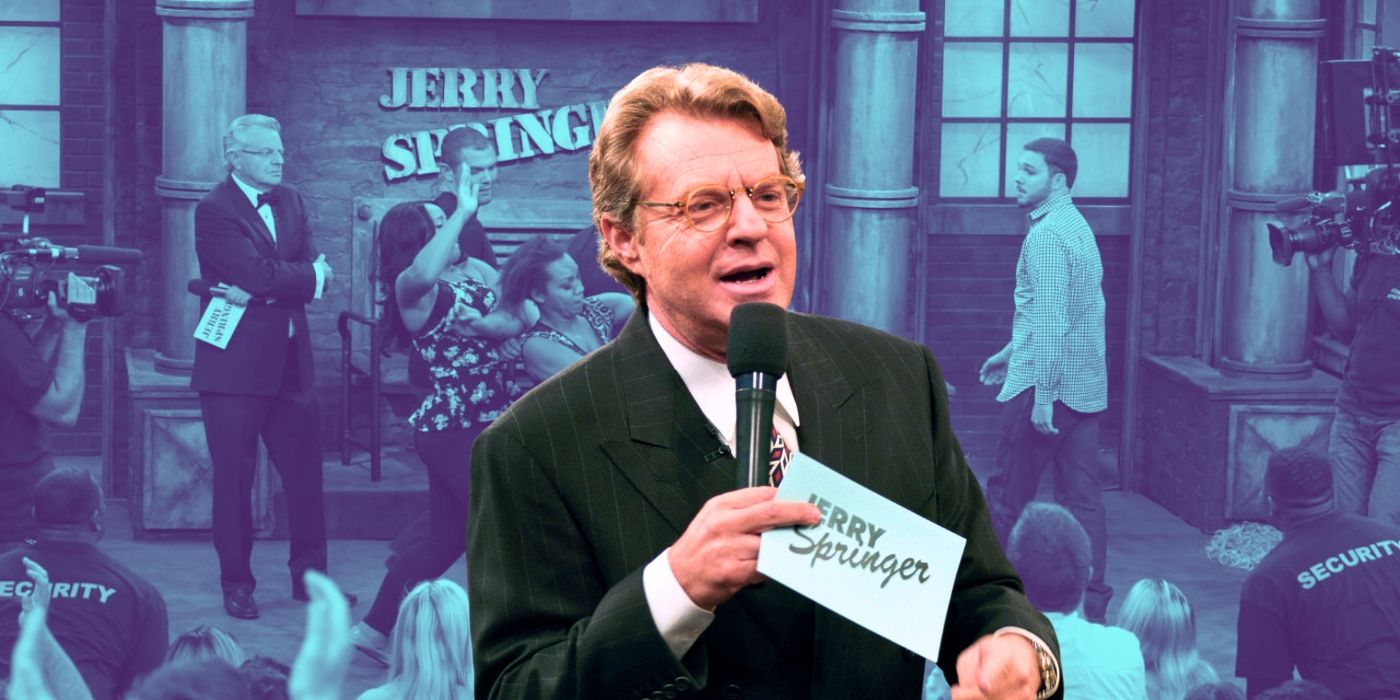
The world of entertainment has long been intertwined with the complexities of real-life events, often blurring the lines between reality and spectacle.
In the 1990s, the talk show “The Jerry Springer Show” became a cultural phenomenon, notorious for its sensationalistic guests, controversial topics, and frequent physical altercations. “Fight Club,” Chuck Palahniuk’s 1996 novel, portrayed a clandestine fight club where men sought physical release from their repressed emotions.
Jerry Springer’s show featured a peculiar form of ritualized violence. Guests, fueled by personal grievances and a thirst for attention, engaged in exaggerated and staged confrontations that mirrored the primal brutality of Fight Club.
The audience’s response to these staged fights underscored the show’s uncanny mirroring of Fight Club. Viewers were simultaneously attracted to and repelled by the violence, reveling in its spectacle while also recognizing its artifice.
Psychologists have analyzed the psychological motivations behind the Springer show’s appeal. They suggest that it provided a cathartic outlet for viewers’ repressed emotions, allowing them to witness aggression and violence without the consequences. The show’s exaggerated and formulaic nature also made it a safe space for vicarious emotional release.
The rise of the Springer show and Fight Club must also be understood within the cultural context of the 1990s. The decade was marked by economic uncertainty, widespread dissatisfaction with political correctness, and a growing fascination with the underworld.
Critics argue that the Springer show’s portrayal of violence was highly exaggerated and did not accurately reflect real-world behavior. They contend that the fights were carefully staged and that they did not have a significant impact on society.
Proponents of the Springer-Fight Club connection argue that the show’s sensationalistic format provided a blueprint for the rise of Fight Club and other forms of ritualized violence. They point to the popularity of underground fight clubs and the proliferation of extreme sports as evidence of society’s growing appetite for violence.
The Springer-Fight Club connection serves as a cautionary tale about the dangers of blurring the lines between reality and entertainment. It demonstrates how the media can both reflect and shape social attitudes, and how the quest for sensation can lead to unintended consequences.
The explosive truths uncovered about the connection between Jerry Springer’s show and Fight Club reveal the complex interplay between entertainment and society. The show’s ritualized violence mirrored society’s repressed emotions and cultural anxieties, and it contributed to the rise of a new form of entertainment that glorifies violence and aggression. By critically examining the Springer-Fight Club connection, we can better understand the multifaceted impact of media on our culture and the importance of fostering a balanced and responsible approach to entertainment.



